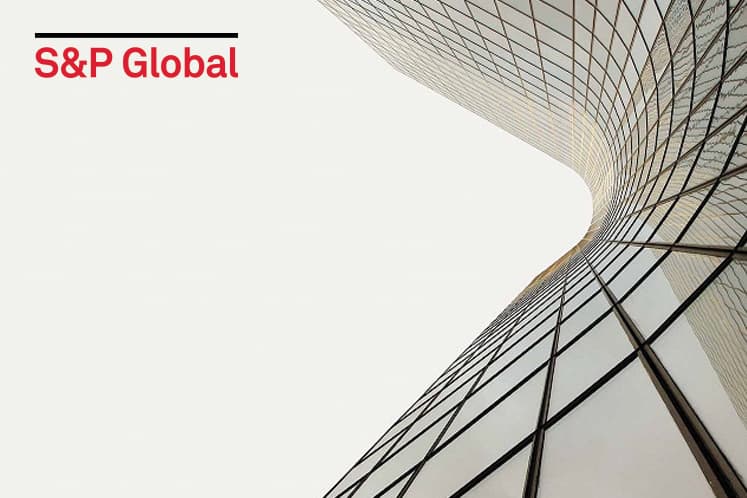
KUALA LUMPUR (Sept 25): Malaysia’s non-financial government-linked companies (GLCs) have seen the sharpest deterioration in credit trend since 2011, with median debt ratio increased by fourfold to nearly 4 times in the first quarter of this year as compared to the 2011 level, according to S&P Global Ratings.
“Operating profits and cash flows stagnated or declined over the period for most of these companies, while their capital expenditures and acquisitions stayed elevated,” S&P Global Ratings analysts — Xavier Jean and Bertrand Jabouley wrote in a report today.
As for the debt of the non-financial GLCs, S&P Global Ratings said it has “not yet rising to the point where we believe it could pose a threat to sovereign ratings.”
“In Malaysia, we estimate that the total guarantee exposure of the government is close to 15% of the gross domestic product. The largest guarantees are generally to utilities, and infrastructure and transport firms,” it said.
“A significant proportion of these guarantees are captured under our assessment of Malaysia's banking sector contingent liabilities as limited,” the rating firm added.
The findings by S&P was following the release of their report titled “Spending Splurge Will Test The Strength Of ASEAN's Government-Linked Companies”.
S&P Global Ratings said the report was the result it studying selected 52 non-financial GLCs in Malaysia, Singapore, Thailand and Indonesia.
Of the 52 non-financial GLCs, six of them are Malaysian firms: Tenaga Nasional Bhd, Petroliam Nasional Bhd, Malaysian Airports Holdings Bhd, UMW Holdings Bhd, Sime Darby Bhd, Felda Global Ventures Holdings Bhd, Telekom Malaysia Bhd and Boustead Holdings Bhd.
“Non-financial GLCs seem to have had no trouble so far in funding their growing cash flow deficit, because debt markets remain wide open for them,” S&P Global Ratings said.
“However, amid subdued profit growth and steady dividends, aggregate debt has nearly doubled over the past five years for the 52 large GLCs that S&P Global Ratings reviewed, and their balance sheets have weakened across the board,” it added.
Going forward, S&P Global Ratings said aggregate leverage of Asean GLCs is “likely to creep up and their balance sheets would further weaken through 2018.”
“We estimate that the median leverage of the GLCs we reviewed could marginally exceed 3x by the end of 2017, assuming similar cash flows, spending, and dividend levels as in 2016” it said.
“As investments are often long-dated and do not generate immediate cash flows, we believe GLC balance sheets, which have weakened since 2011, will deteriorate further over the next three years at least,” it added.
S&P Global Ratings concluded government support “may be tested”, as growing debt undermines stand-alone credit profiles and could even question the viability of some GLCs.